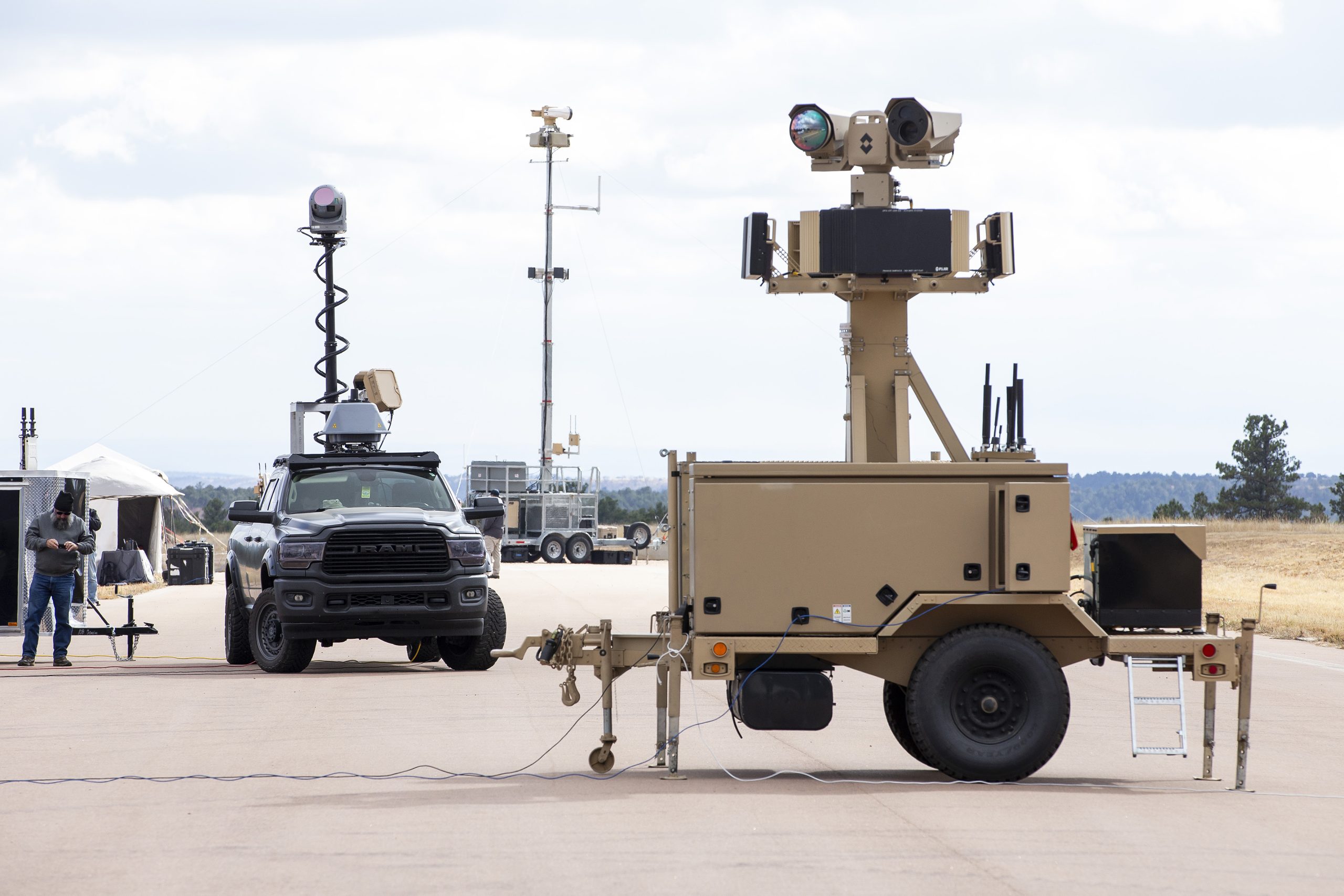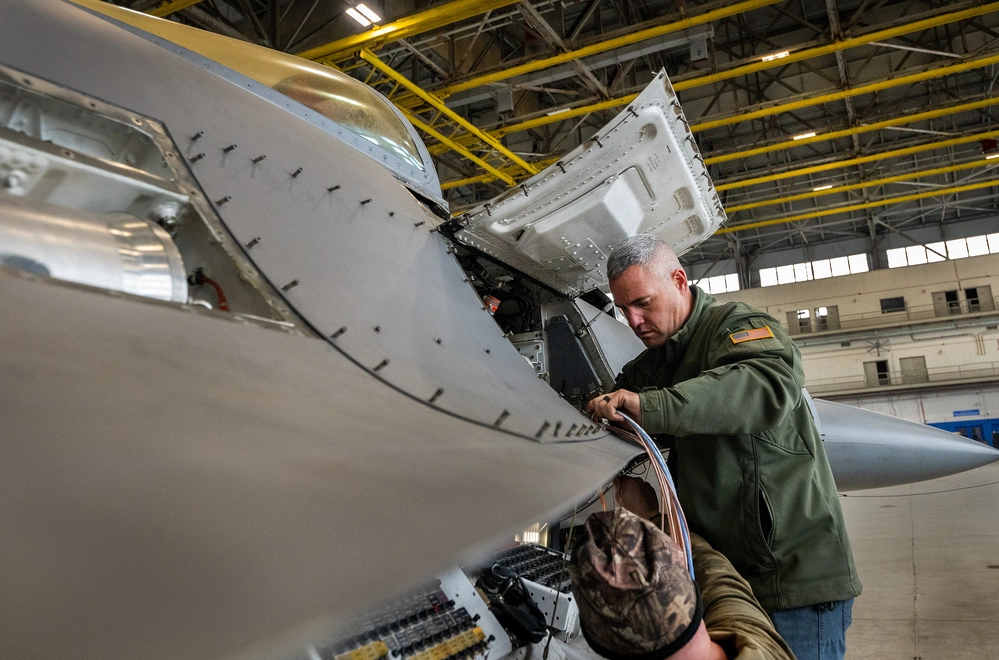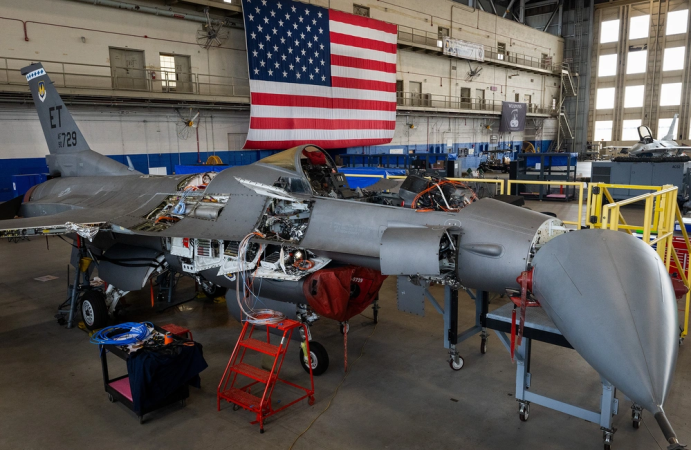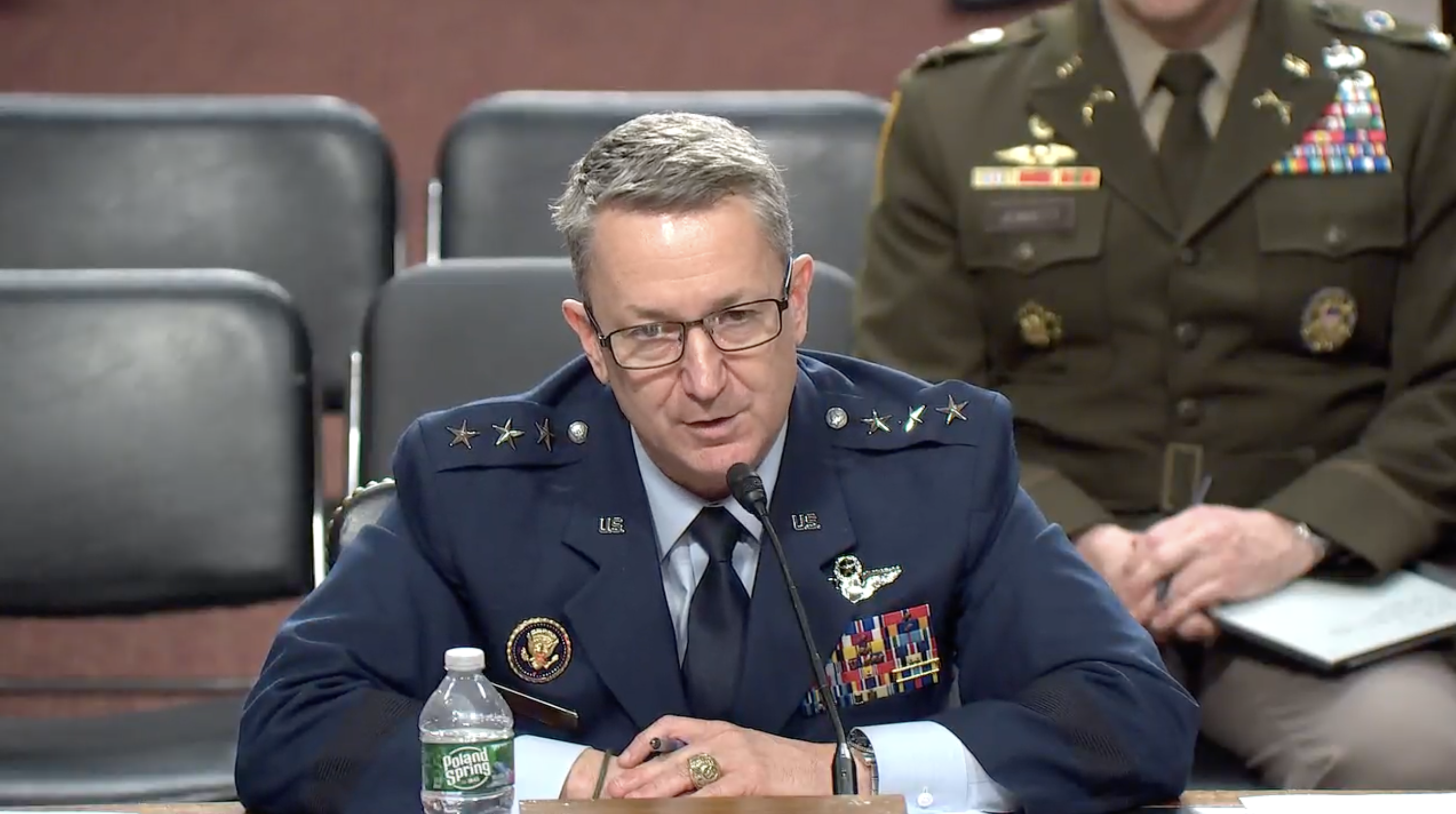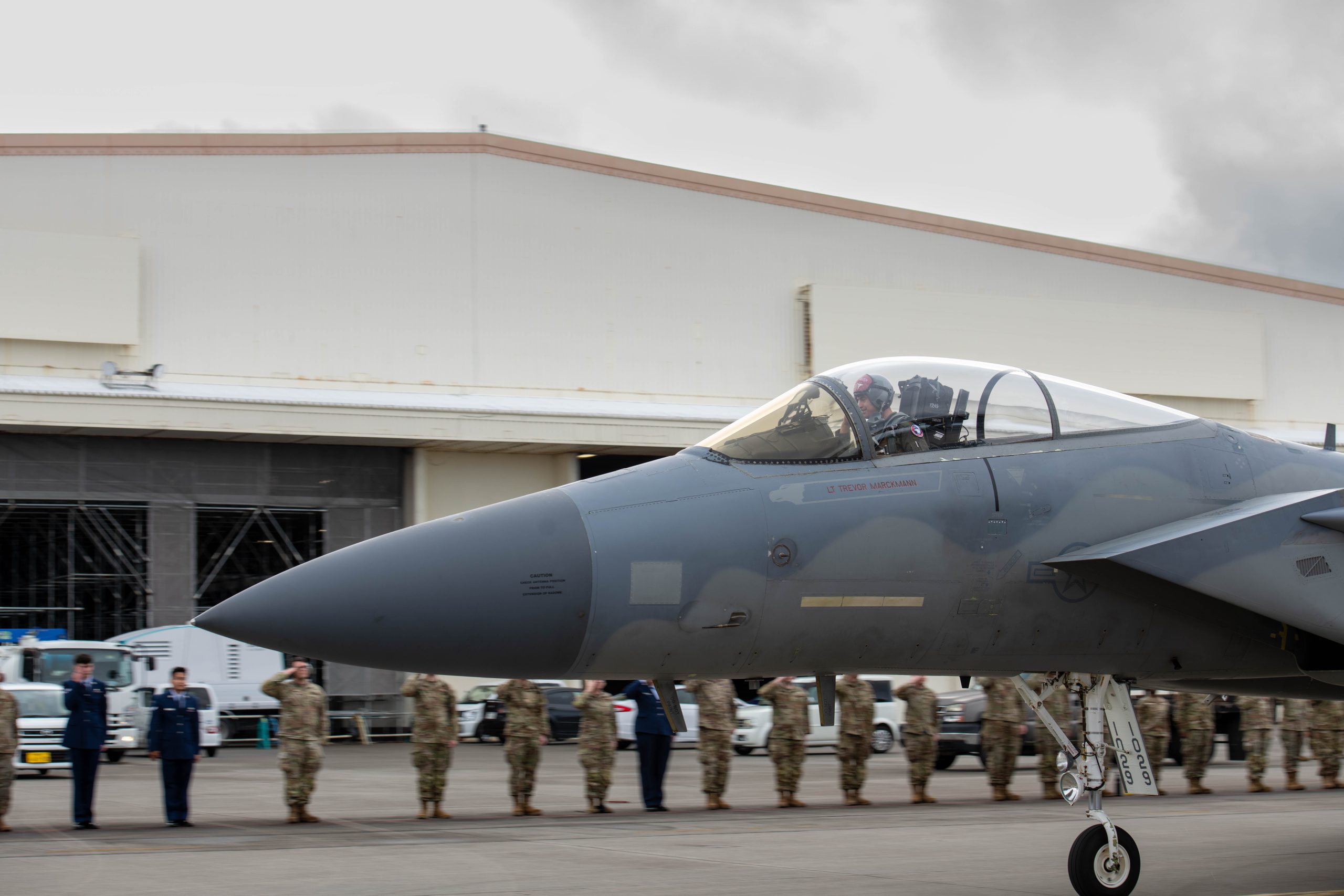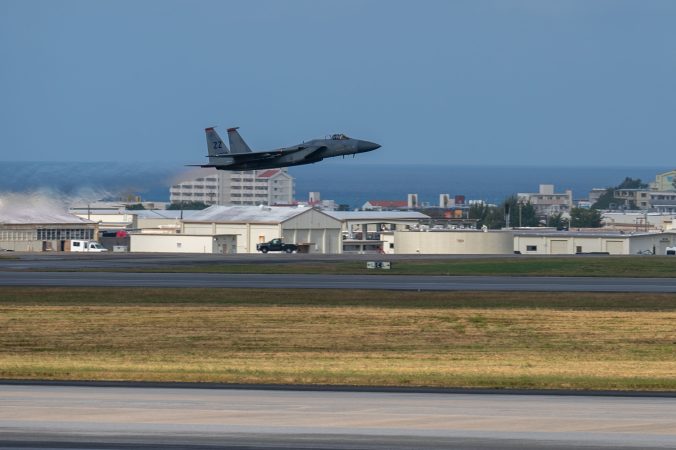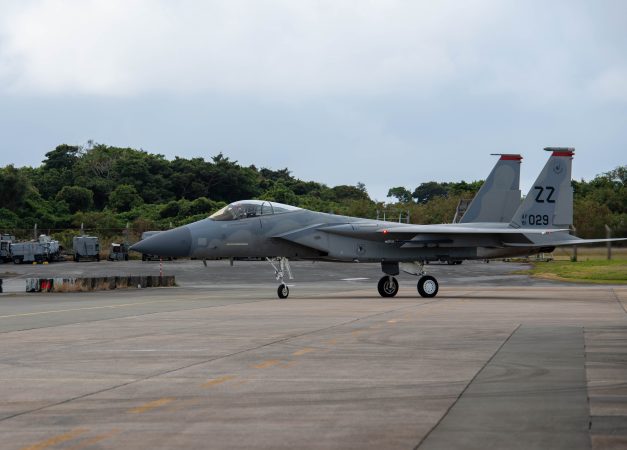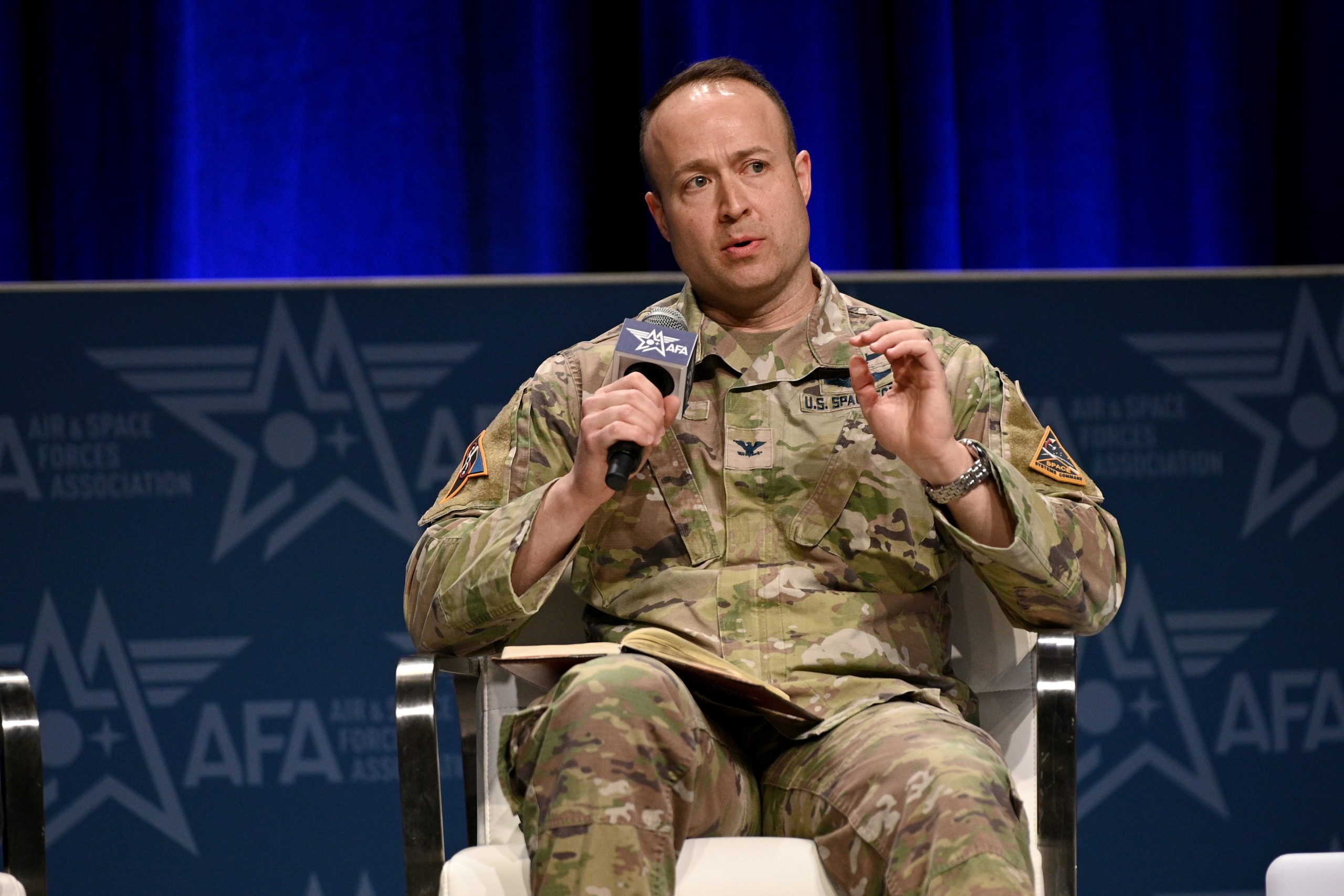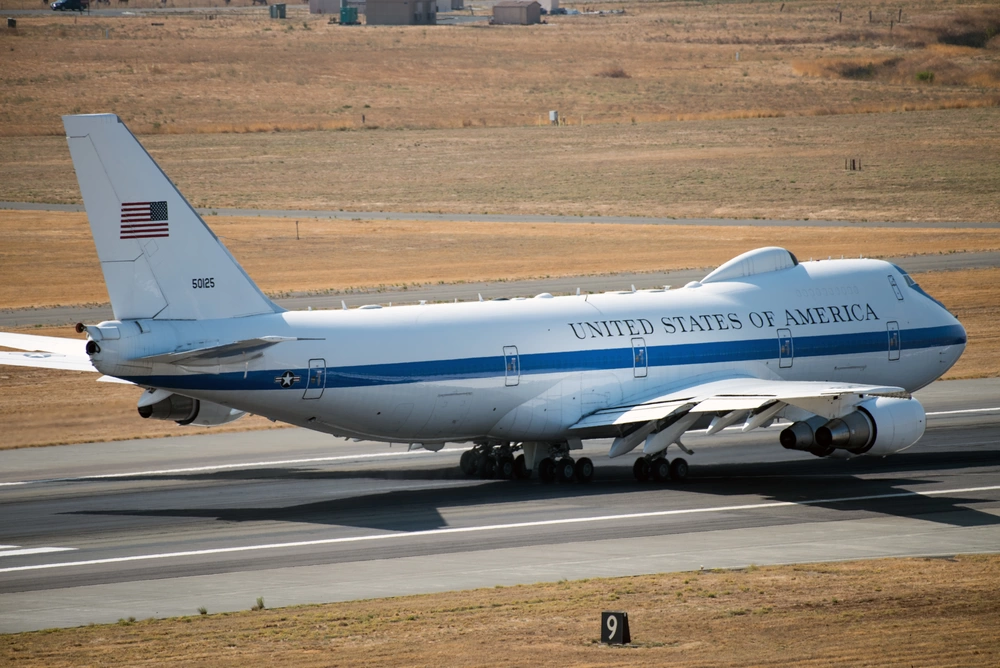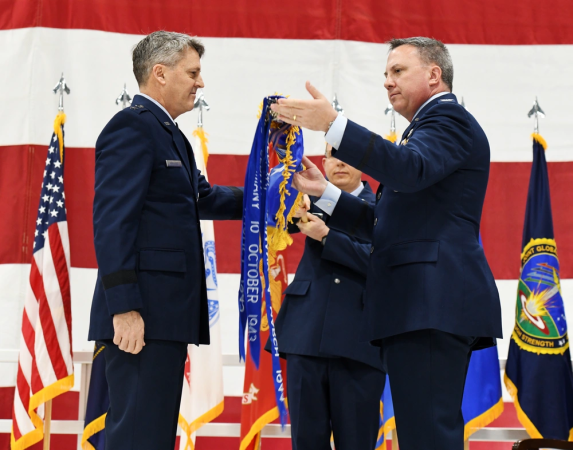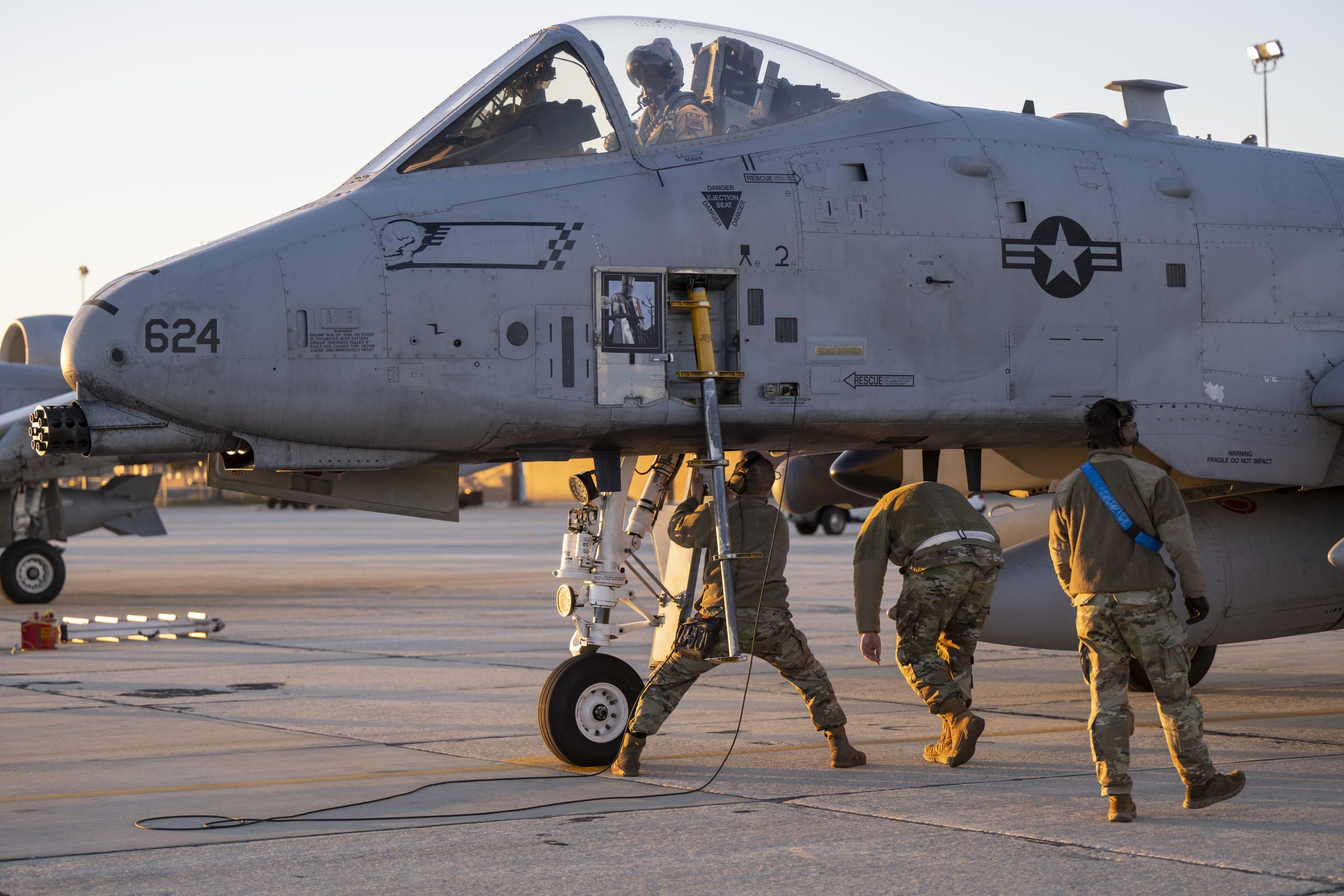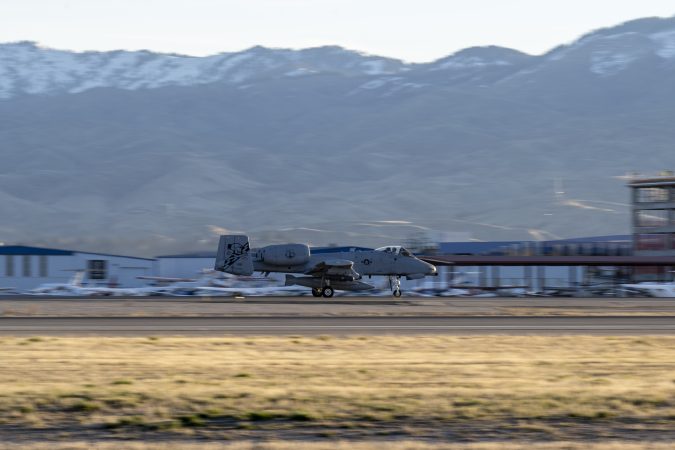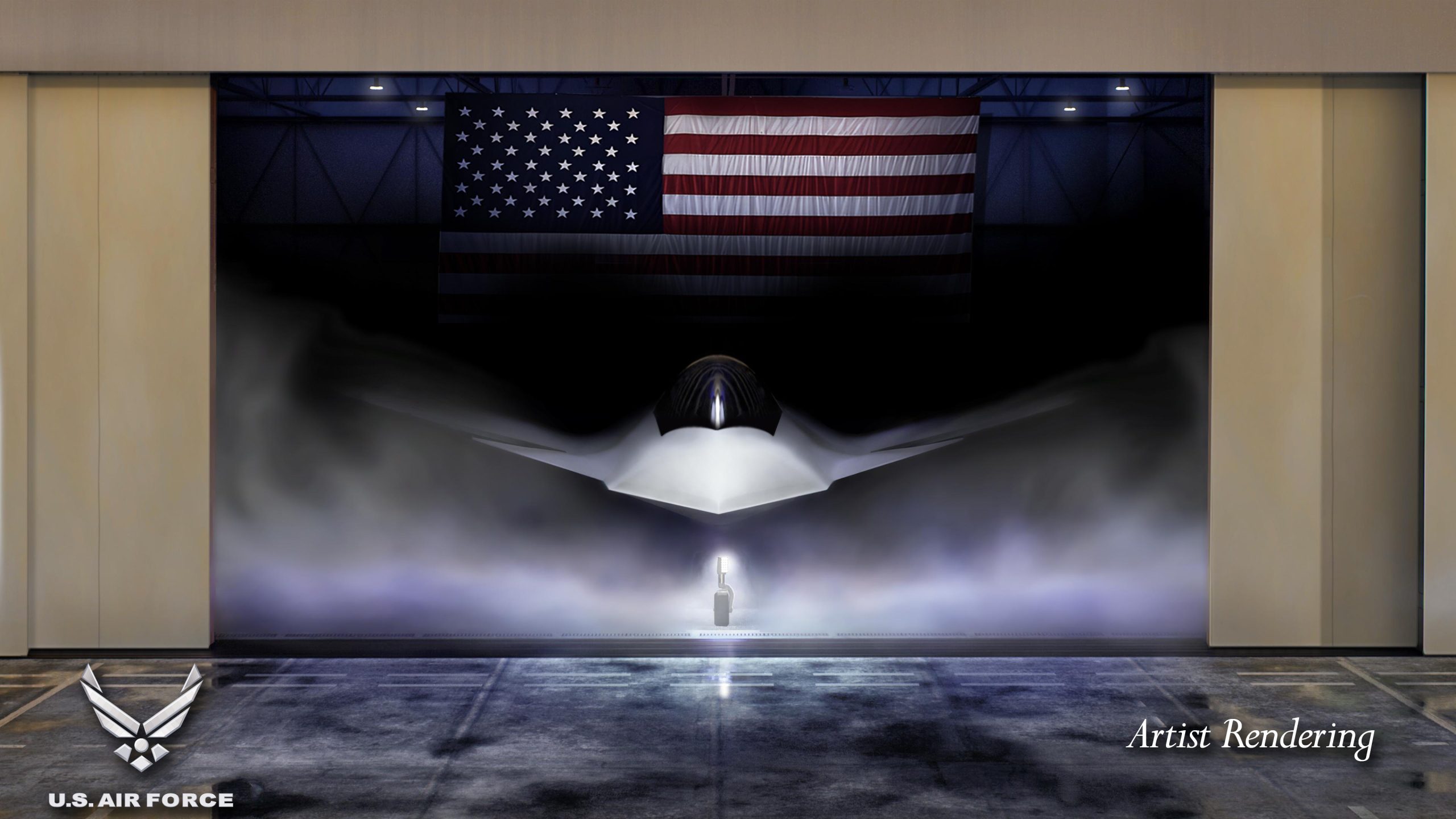Amid an uptick in drone activity nationwide, the commander responsible for safeguarding North American airspace said U.S. Northern Command is acquiring new technology to swiftly deploy to bases around the country to counter these threats.
“What NORTHCOM has done is proposed a process where we would bring in ‘flyaway kits’ to supplement, or in the case where there are no capabilities, provide the initial capability at that base to defeat [drone threats],” Gen. Gregory M. Guillot, commander of NORTHCOM and North American Aerospace Defense Command told the House Armed Services Committee on April 1.
“Flyaway kits” are, as the name suggests, mobile packages that are “rapidly deployable, prepackaged counter-drone technology, along with personnel trained to employ that technology, that can be dispatched via commercial aircraft to get to the installation in need,” a NORTHCOM spokesperson told Air & Space Forces Magazine. The idea is to send these kits to military sites that lack sufficient counter drone capabilities as needed.
The technology would include a drone detection system, countermeasures—such as jammers, lasers, or kinetic systems to take down drones—and control software to manage the devices. The goal is to have these kits available for use “within a year,” the spokesperson added.
The Pentagon has been seeking an effective counter-drone solution for small unmanned aerial systems, hosting its first event last year for companies to showcase their latest technology to detect, track, and neutralize them.
The Falcon Peak exercise in October, hosted by NORTHCOM and NORAD, featured both kinetic systems—such as nets—and nonkinetic weapons to disable small drones. Technologies from DroneHunter by Fortem, Cerberus XL by Teledyne, CUGAR by Leidos, and SPYNEL by HGH were among the countermeasures tested in “complex, realistic scenarios” during the event.
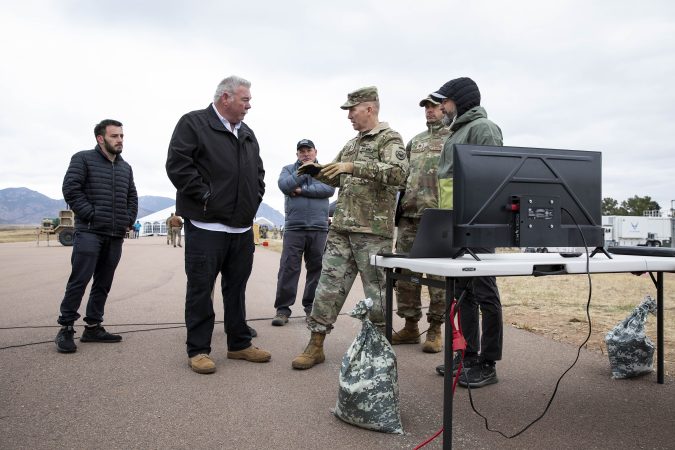
“There is perhaps no better example of the rapidly evolving strategic environment than the emergence of small unmanned aerial systems (sUAS) as a threat to infrastructure and personnel in the homeland.” Guillot wrote in testimony to lawmakers. These drones, mostly small enough to be “fit into a backpack,” have emerged as a “significant risk” in a relatively short period of time, he added.
As the “flyaway kit” is currently in the development phase, the NORTHCOM spokesperson said specific equipment and manufacturers cannot be discussed at this time.
The push to deploy UAS-killing technology grew urgent following a series of high-profile drone sightings between November and December 2024 that halted public airport and military flight operations.
One of the first sightings was reported in New Jersey in November, after police officers spotted drone activity during patrols. A few days later, the Federal Aviation Administration imposed a flight restriction in Bedminster, N.J. After that, another restriction was placed over Picatinny Arsenal military base in the state, lasting from Nov. 25 to Dec. 26. In early December, unknown drone activity forced the shutdown of runways at New York’s Stewart Airfield.
On Dec. 12, New York and New Jersey senators, including Sens. Chuck Schumer (D-N.Y.) and Cory Booker (D-N.J.), penned a letter to the heads of the FBI, FAA, and Department of Homeland Security, demanding a briefing on how the agencies were working to identify and address the source of these incursions, expressing “urgent concern regarding the UAS activity.”
At the time, then-White House National Security spokesperson John Kirby told reporters that the administration was actively investigating the matter but was unable to “corroborate some of the reported sightings.”
However, there were confirmed drone sightings at or near military bases like Vandenberg Space Force Base, Calif.; Wright-Patterson Air Force Base, Ohio; and Hill Air Force Base, Utah.
Overall, Guillot said 350 UAS detections were reported last year across 100 different military installations. While he attributed much of the activity to hobbyists, he also noted that law enforcement partners had uncovered “evidence of a foreign intelligence nexus” in some of these incidents.
“The widespread availability of small drones, coupled with a complicated regulatory structure and limitations on UAS countermeasures based on concerns for flight safety and privacy, has created significant vulnerabilities that have been exploited by known and unknown actors,” Guillot added.
As part of the command’s ongoing effort to employ the flyaway kit, Guillot noted that another event, dubbed ‘Falcon Peak 25.2,’ will be held in August, featuring a “larger slate of vendors, participants, and systems.”
“We have a great relationship with the FAA that would allow us to operate the ‘Flyaway kits’ quickly,” Guillot added. “We just need to procure and field those kits so we can respond to [incidents like those at] Picatinny and Stewart fast; my goal would be inside of 24 hours, being able to respond.”
